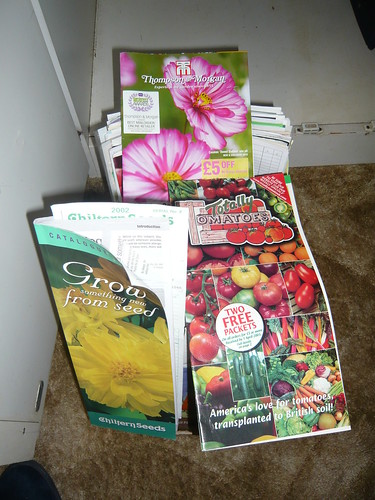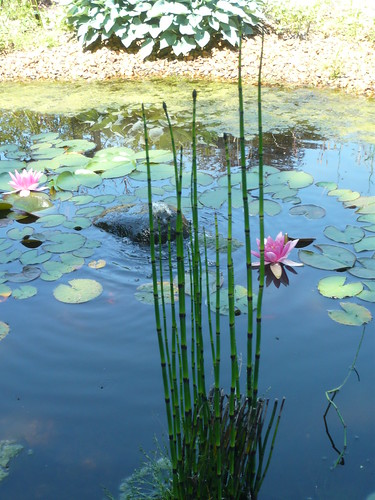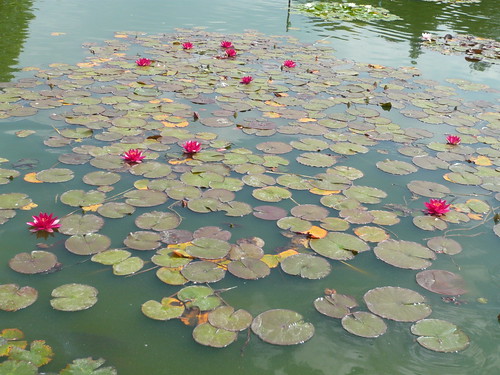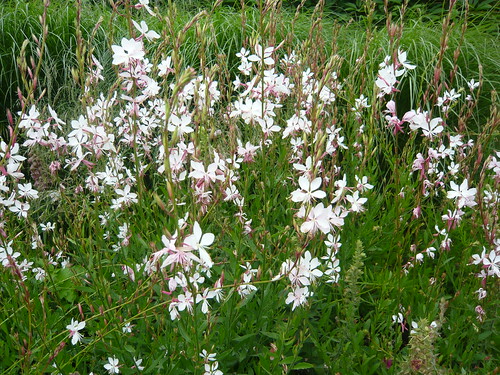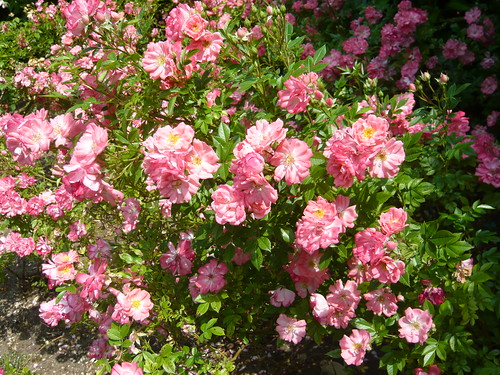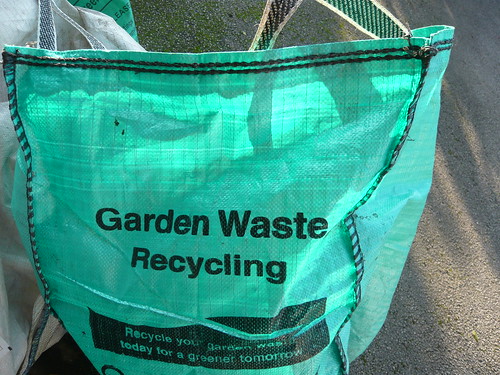Seed Storage Our Best Tips
‘Fresh is best’ particularly when it come to seeds. However if you have a surplus of seed that you can’t sow immediately they should be stored in a moisture proof container at a low temperature. A fridge compartment is ideal.
Storing Seed
- Although the majority of seed will remain viable for a year or two, when kept at room temperature, cold storage extends the life considerably.
- Never store seeds in a greenhouse or garden shed. The high temperature and humidity can kill off the seed in a matter of weeks.
- Seeds in foil wrappers should be left unopened until ready for sowing.
- Seed from seed exchanges or collected from your own garden should be sown as soon as practical. (Tender plants may need to wait until March-May)
- Parsnip seed is not suitable for storing, it needs sowing in the first year.
- Curcurbits (cucumber and courgettes) will remain viable as seeds for 5-7 years
- Beware old seed from shops that may also have got too warm. Faded packets, slow sales levels and close use by dates are tell tale signs.
Buy a special seed storage box from amazon for less than £10 or the Burgon and Ball Seed Packet Organiser £19.95
Seed Storage Banks
Kew have a worldwide reputation for seed storage. They divide seed into classes:
- Orthodox seeds can be dried, without damage, to low moisture contents, usually much lower than those they would normally achieve in nature. Over a wide range of storage environments their longevity increases with reductions in both moisture content and temperature, in a quantifiable and predictable way. …
